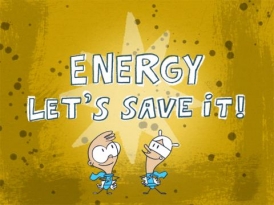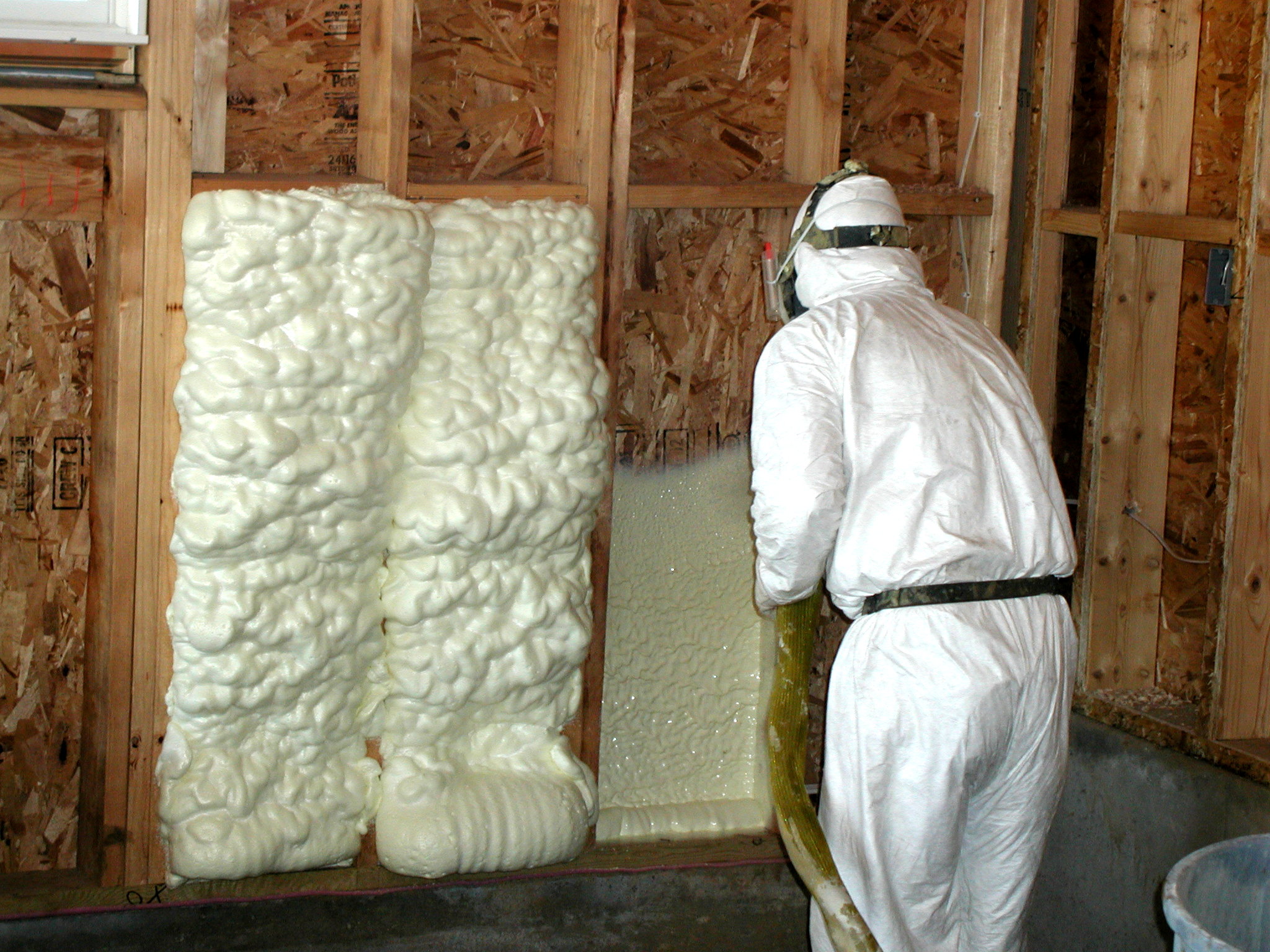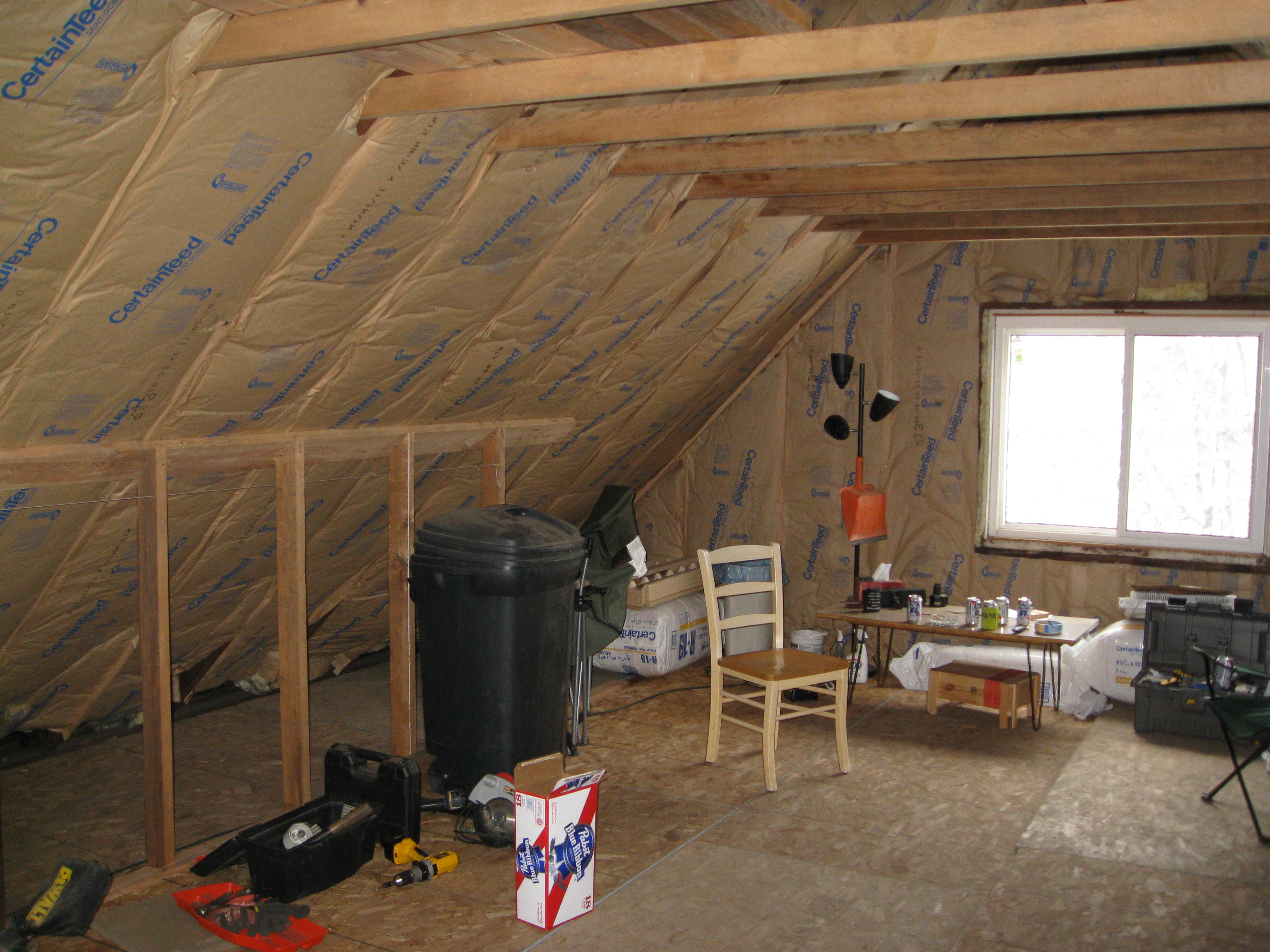Why Energy Saving Tips Suck & What to Really Do Pt 2

How to REALLY Save Energy1
So now that we looked at energy saving tips that suck, let’s tackle the second part of the title, what to really do if you want to make your house more efficient and a better place to live. Here’s the treasure map to REAL, SIGNIFICANT, NOTICEABLE savings, there are 3 steps – determine opportunity, build a plan, and execute the plan. Let’s dig in.
Step 1: Determine Opportunity
What you CAN do is realize that your house is fat. Awareness is the first step. You and I can look in the mirror or step on a scale to figure that out, but there is nothing like that for a house. Your house may be a candidate for The Biggest Loser. Or it may only be 15 pounds overweight. This isn’t something you can normally just figure out, but at the end I will give you a scale2 to put your house on and see if it can lose 20%, 40%, or even 70% of its weight (meaning energy use.)
Or you may have other signs that things are not right with the efficiency or health of your home:
- Rooms that are too hot or cold
- Your second floor is much hotter/cooler than the first
- Major icicles and ice dams in winter
- Mold issues
- Indoor allergies or asthma problems
Some of these don’t sound like they are ‘efficiency’ problems, particularly mold and allergies, but they are. And they’re fodder for another article. Regardless, if you step on the scale and your house is awful, you have good savings opportunity. Even if it’s not, you have some opportunity. And if you have 1 or more of those other problems, there is even more opportunity.
Step 2: Build a Plan, Plus 2 Critical Tips
Step 1 is like a scale or a thermometer that gives you a basic idea that something is amiss. Now you need a doctor to really find out what’s wrong, run some tests, poke and prod you, and give you a plan to move forward with.
The tests, poking and prodding is an energy audit. And not a clipboard walkthrough audit3 that takes 20 minutes, but a more involved version asking you a bunch of questions, running diagnostic tests, running combustion safety tests, and building an energy model. This may take as much as an entire day (mine do, including the interview), but should take at least 2 hours.4
An energy model is like an advanced spreadsheet of your home. Insulation levels, air tightness levels, current furnace and air conditioner information, and more go in there. It spits out what it thinks your home should be using. Upgrades can be entered and played with to see which ones make the most sense. It also will help determine what size furnace and air conditioner you need after upgrades are installed.
Critical Tip: Truing the Energy Model
Ask the energy auditor up front if they want to see your energy bills, if they say it isn’t important, hang up on them. Seriously. The energy auditor MUST true the energy model up to the actual bills of your home. This is because most models overstate usage by 20-50%. If it were a car, the model may say your house gets 12 miles per gallon. Say it actually gets 18 mpg. Now any energy savings promised will be off by 50%. So if they promise you $800/year in savings, only $400 is likely to show up. Not good. I’ve seen houses with annual gas bills of $1500 be promised savings of $2500. Hmm. Yes, the promise was $1000 more than their energy bills. Yikes.
This is relatively easy to fix by making the energy model match the actual energy usage of your house. So the energy model actually says your house gets 18 mpg, not the 12 it came up with initially. That’s a little tricky, so comment if I lost you, it probably needs a post of its own.
Critical Tip 2: You Can’t Pick and Choose
Just because one upgrade doesn’t look like it makes good sense, don’t leave it out. For instance DO NOT skip air sealing the attic, regardless of how it models. You could get mold in the attic and energy savings may not show up because it is important for many reasons that may not be obvious. Or if your house is tight (not leaky) don’t skimp on ventilation so the nasty stuff that builds up in your home (carbon monoxide, cleaners, cooking residue, etc.) can get out of the house. Packages should be done all at once. A metaphor of this would be like not getting enough sleep while on a diet and exercise regime. It doesn’t seem all that important, but it keeps your body from recovering fully and leaves you exhausted, which makes you more likely to fall off the wagon.
Once the energy audit and energy model are complete, you can plug in upgrades and build that plan.
Step 3: Execute the Plan
Now that you know what you want or need to do to your home, work with contractors to get it done. If at all possible, be sure a third party is running quality control on the work.******** Important but invisible details get missed all the time. Your energy auditor may help with this, or your utility rebate program may provide this. It’s best to have this done while the work is actually being done.
Feel the Results
Unlike after following all of those ‘energy saving tips’, you will feel and see real results and real savings. You should see, taste, and feel substantial differences in your home. It should be much more comfortable. Ice dams should largely be a thing of the past. Indoor allergies and asthma should be reduced. To qualify, this isn’t possible with just attic insulation, it will take comprehensive thinking AND comprehensive upgrades to realize these benefits.
Full Disclosure:
I’m biased in this argument because I do comprehensive energy audits leading to comprehensive home performance upgrades. But that doesn’t matter, because I speak truth. Those tips will make you think energy efficiency is a crock. It isn’t. But please don’t think that spending $50 on caulk and a cheap thermostat are going to save you $100/month, or even $100/year.
Even if it were $100/yr, that’s $8/mo – whoop-de-freaking-do. You can buy 2 Happy Meals a month now. BUT – Watch a few more movies, play a few more games, or leave the lights on a couple nights and you might burn up those savings. It’s noise. You’re reading this because you want to make and feel and see a real difference, right? So see what your opportunity is with the scale below2, then get an energy audit.
OK, time for the pitch:
If you have one of the problems above with your home, we can help. We can develop a plan with you tailored to both you and your home to fix those problems. Instead of just dumping a report on your kitchen table and saying goodbye, we can help you work with contractors to implement a plan you helped us come up with. We can hold those contractors accountable. And we’ll follow up to see if it worked.
It may sound like magic, but it’s really just applied science. We’re not right for everybody, but we’re really right for the right people. If you have been burned in the past by making small steps, or even pretty large ones, and not seeing results – and you still want to – reach out to us.
Needs and Opportunity Analysis
A Needs and Opportunity Analysis is $99, but you can get $50 off if you simply fill out this questionnaire. We only serve the Cleveland Ohio area, by the way. If you’re outside that, feel free to fill it out anyway and we may know of someone in your area to refer you to.
Click Here to Fill Out the Questionnaire
Related Posts
Stop Lying About Energy Savings! Measure!
A Case Study of Insulation Failure or the Tale of the Cold Addition
1 Ironically, efficiency is no longer my goal. Comfort is. I want you to be able to turn it up to where both you and your significant other are comfortable. And you can do this while saving money. But you have to fix the house first. Serious energy savings can arrive, a real 30-70% is possible. And we measure. And we check up afterwards. And you’re comfy now.
2 Here is that scale to put your house on. Have a recent gas and/or electric bill handy, whatever you heat with. The scale will give you an approximate idea of the opportunity your house has. Should it go on The Biggest Loser or does it just need to cut back?
3 Check out this overview of different energy audits by Sean Lintow of Homeowner & Trades Resource Center. He shows you what type of data is collected. You want a more involved one.
4 Utilities often offer a low cost energy audit, often $50 or $100. A note of caution here, they seldom offer a tailored plan and are prone to dropping a big report on your table and wishing you good luck. That said, for $50 or $100 it is usually a better use of money than a programmable thermostat because you will learn a lot about your home and where its weaknesses are. You may consider engaging an independent energy auditor if you are not 100% comfortable with the recommendations who can help lead you through the entire process. And please be open to that auditor, independent guys often have a longer track record and more passion than the auditors working for utility programs.
Get the HVAC Guide

It's free! Make buying a new furnace, air conditioner, or heat pump less stressful.










